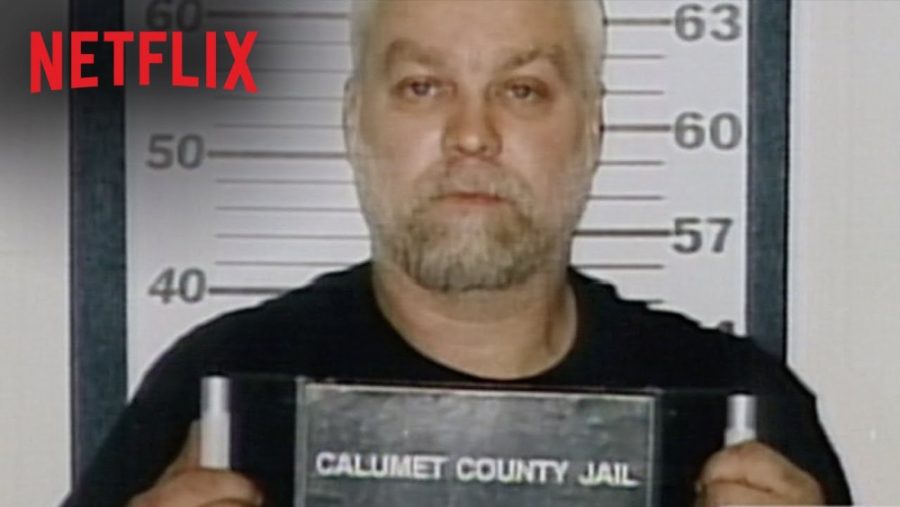“The truth always comes out, sooner or later.” These are Steven Avery’s last words as he sits in a Wisconsin prison with a life sentence and no possibility for parole for the 2005 murder of Teresa Halbach. The big question on everyone’s mind is, did he do it? Or was he framed by the Manitowoc County Sheriff’s Department?
The Netflix original docuseries follows the 1985 imprisonment of Avery for sexual assault, his exoneration in 2003 with DNA evidence after 18 years in prison, the subsequent $36 million lawsuit against the county and then-sheriff and district attorney, Tom Kocourek and Denis Vogel, and finally his arrest and trial for Halbach’s murder.
The series is made up entirely with real-time footage, recorded audio and traditional documentary-style interviews all taken over 10 years by filmmakers Moira Demos and Laura Ricciardi. The pace of the show is slow, almost painfully so at times, to capture every detail, every piece of the puzzle that led Avery to prison; and at other times the careful steadiness adds a realistic, nail-biting suspense.
The nature of the show makes deciding to watch it seem like how it is when you’re deciding to go for a long run—you don’t necessarily want to at the start because you know it will be difficult and exhausting, but once you get going, you can’t stop.
“Making a Murderer” puts the American justice system on the stand, and while the show is clearly not without bias, the results are still unsettling.
How could an innocent man spend 18 years in prison for a crime he didn’t commit and, even worse, when the evidence was clearly pointed at another man who went on to commit even more sexually violent crimes while Avery was in prison?
Many people believe—and what the basic principles of our justice system and political system would like us to believe—is that any person who is truly innocent has nothing to worry about because you can’t be found guilty of something you didn’t do. But this show disproves this belief, definitely once and arguably twice, making it one of the most disturbing aspects of the show.
As one of Avery’s defense attorneys Jerry Buting puts it, “We can all say that we’re never going to commit a crime, but we can never guarantee that someone will never accuse us of a crime, and if that happens, … good luck in this criminal justice system.”
The blatant, gross corruption of the Manitowoc County Sheriff’s Department exposed in this show is chilling, to say the least. The way so many people rather cover it up than address it is even worse. This must have resonated with a few people because since the show aired, there has been an unbelievable response—it would seem that when it comes to “Making a Murderer,” whatever you believe, you believe it strongly. And whatever your opinion, this show does one thing in particular very well: it demonstrates that there is no set good guy and bad guy in real life, there is only the truth.
All we can do as citizens and possible future jurors, lawyers and even police officers is seek the truth, no matter what it might be.
Follow Casey Aldava on Twitter.









